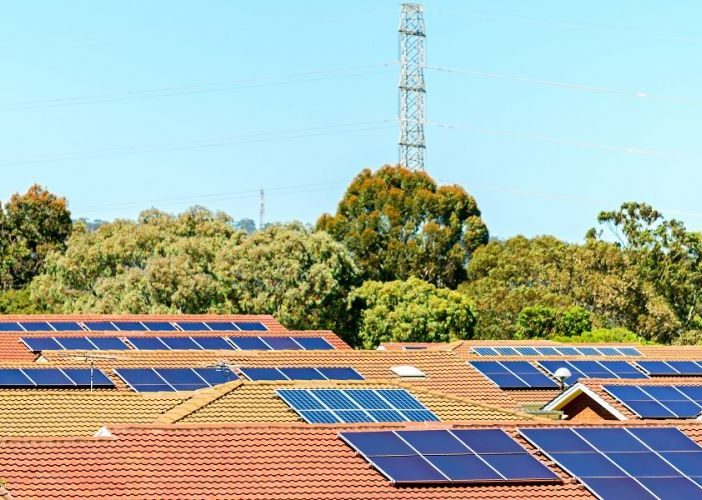
Solar households in New South Wales could soon be paid more for the rooftop generated power they export to the grid, after the state’s recommended feed-in tariff benchmark was raised from the 2018-19 range of 6.9-8.4c/kWh, to 8.5-10.4c/kWh.
NSW pricing regulator IPART said last week that it had decided to boost the recommended FiT range for the 2019/2020 period by around 2c/kWh to keep it in line with the wholesale electricity price, which was forecast to move higher.
The increase in the benchmark rooftop solar FiT range – which serves only to guide retailers, and is entirely voluntary – comes a year after it was controversially slashed by some 44 per cent, from 11.9-15c/kWh in the 2017/18 period to 6.9-8.4c/kWh.
As we reported at the time, IPART justified the cut in the solar FiT by reasoning that wholesale electricity prices were forecast to fall in the coming financial year.
This reasoning was not received well, however, with critics noting that falling wholesale electricity prices could be at least partly attributed to the market impact of rooftop solar.
Now, with electricity prices forecast to go up, so is the recommended FiT range. But IPART still argues that solar households should not be rewarded financially for any benefits their investments might bring to the broader grid, through reducing emissions in the electricity sector, shaving daily peak demand, or avoiding the need for costly infrastructure builds.
In its report published on Friday, the pricing regulator said that while solar panels could help reduce wholesale prices during the day by increasing the supply of electricity in the market, this in turn could cause other generators to exit the market faster, leading to higher prices.
And it pointed to recent reviews by the AEMC and the Victorian Essential Services Commission (ESC) which found that potential network benefits were too variable between location, across times, and between years to be well suited for remuneration via a broad‐based solar tariff.
“Like the other generators that impact prices, solar customers should not be additionally compensated or penalised for their impact on wholesale prices,” IPART says.
“For example, a new gas generator or wind turbine that contributes to reduced wholesale spot prices does not receive any additional payment to reflect the lower wholesale price. It takes the same market price as all other generators, and so all customers benefit from lower prices.
“Likewise, a customer who consumes electricity by switching on an appliance and thereby increasing the market demand for electricity and electricity prices for all customers is not required to compensate the other customers for these higher prices. These are normal outcomes of a competitive market.”
IPART also argues that forcing retailers to pay a higher feed-in tariff to solar households in New South Wales would result in higher costs to retailers, which would mean a roughly $45/year increase in prices across the board, including to non-solar homes.
“Households without solar panels should not have to pay even higher retail prices to reduce the bills of customers with solar panels,” the IPART report says.
“This would disadvantage the households who are unable to install a solar system themselves (for example, because they rent or they cannot afford the upfront costs).”
All that said, the table below – also published by IPART – shows that most retailers in NSW are actually paying a solar feed-in tariff to customers that is higher than the recommended range. In some case, quite a bit higher.
A further table published by IPART (below) shows the range of time-dependent solar feed-in tariff benchmark ranges recommended by IPART – a measure it brought in in the 2018/29 period under request from the state government.
The “specifically requested” change, as IPART explained last year, means retailers can choose to offer a tariff that varies depending on the time of day the solar customer exports to the grid. But as IPART noted in its report last week, most retailers are choosing to ignore this option.
“Retailers may offer different feed-in tariffs throughout the day to reflect (the daily) variation in wholesale prices,” the report says.
“Our time-dependent benchmarks provide guidance about the value of exports at different times. But retailers do not have to offer a time-dependent option for customers, and most are continuing to only offer an average rate for all exports.”

Sophie is editor of One Step Off The Grid and deputy editor of its sister site, Renew Economy. Sophie has been writing about clean energy for more than a decade.





